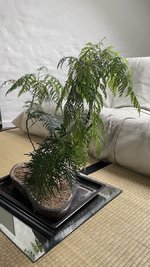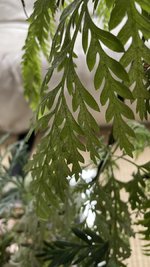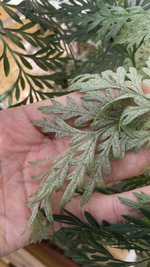The photo is not enough detail to identify the pest that seems to be causing trouble for your tree. maybe you have a plant nursery nearby where you can take the tree for more accurate ID and help with treating these pests. They may also be able to help ID the tree.
The room where it was had a lot of light
We all think this but we (humans) are creatures of caves and forest. Most trees are from the open and are adapted to full sun. What we see as good light is still very dark for a tree.
I have been watering it for 2-3 minutes every 3 days( when the soil started to dry) till some water would drop in the underplate, also sprayed moist in the leaves.
This is almost OK, depending how warm the room is and what sort of soil the tree is in.
It is good practice to allow the soil to get close to dry before watering but it is also good to properly wet the soil when you do water.
Some soils need more water to make sure it penetrates deep into the roots. Often a small amount of water for a short time only wets the outside of the root ball. Dry soil can be hydrophobic (very hard to wet again). The first water runs
around the soil and straight out the bottom of the pot without wetting the soil or the roots so water coming out the bottom of the pot is not a good indicator of good watering. More water gradually soaks into the soil. Some growers water 2 or 3 times a few minutes apart to allow the water to soak in better.
Water moving through the soil also helps push out old air and pulls in new air as it drains through. Fresh air is important to roots so good watering is important not just for the water.
While you get used to how much and how often to water it can be good to soak the whole pot in water for a few minutes each week or 2. This makes sure the soil is fully wet at least occasionally. Having properly wet soil will help the next watering to soak in better and can let the tree drink enough water to get through some dry times if you don't water properly the next couple of times.






